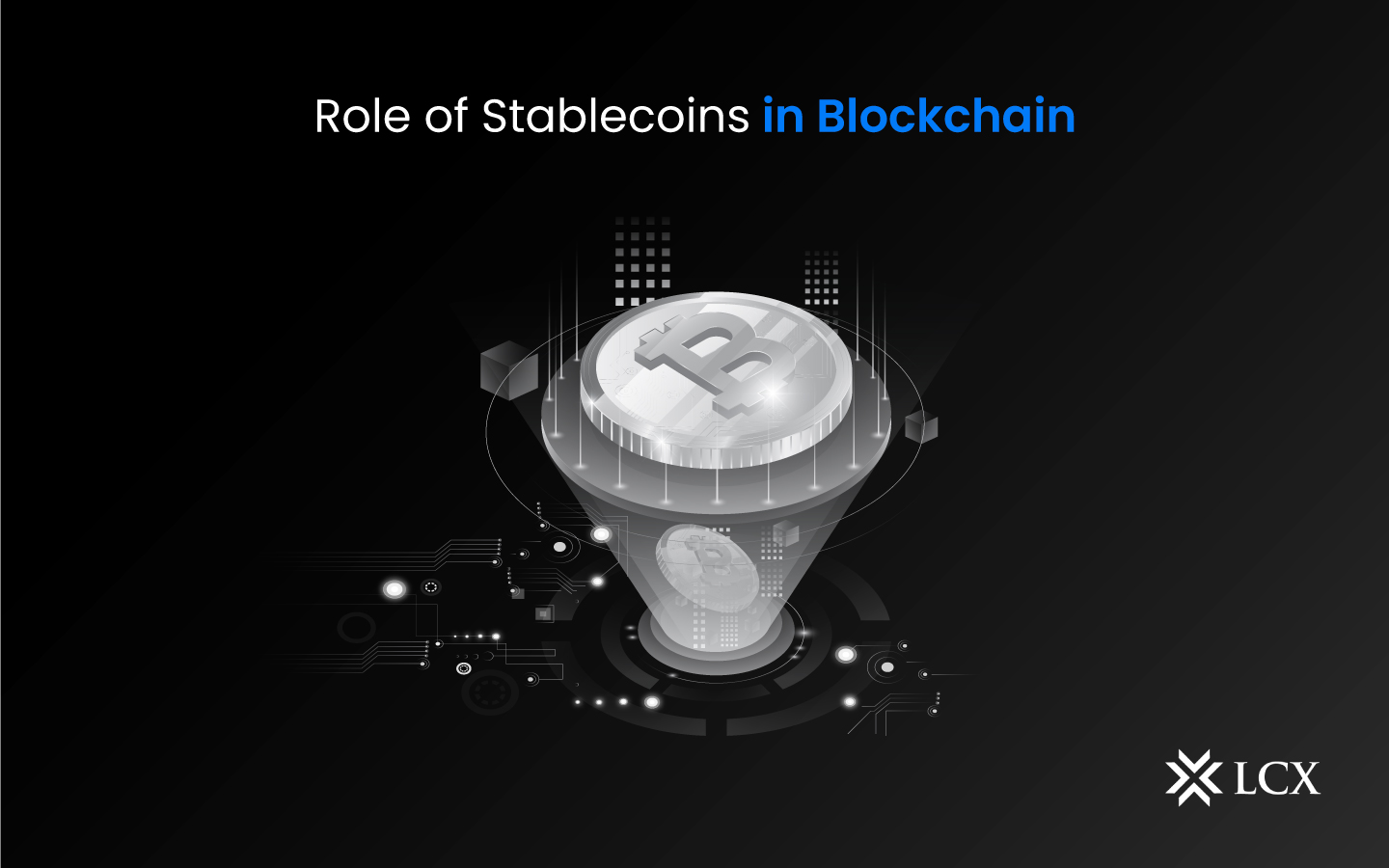Blockchain technology has revolutionized the way users and inventors perceive cryptocurrencies and other blockchain-based crypto assets. With the advent of cryptocurrencies, we have seen an explosion of interest in decentralized finance (DeFi) and the potential for blockchain to revolutionize traditional financial systems. One particular type of cryptocurrency, stablecoins, has emerged as a key player in this space. Stablecoins are cryptocurrencies whose value is pegged or connected to another currency, commodity, or financial instrument.
It offer an alternative to the extreme volatility of the most popular cryptocurrencies, such as Bitcoin (BTC), which has rendered crypto investments less appropriate for everyday transactions. They are cryptocurrencies that are designed to maintain a stable value and are typically pegged to an asset such as the US dollar, gold, or another cryptocurrency. They are designed to offer the benefits of blockchain technology, such as security, transparency, and decentralization, while also providing stability and predictability for users.
What Are the Different Types of Stablecoins?
There are four different types:
- Fiat-backed stablecoins: These are the most popular type in the market, and they keep a reserve of a fiat currency or currencies such as the US dollar as value-guaranteeing collateral. Alternative sources of collateral include precious metals such as gold or silver as well as commodities such as crude oil in some cases, but the majority of fiat-collateralized stablecoins are backed by U.S. dollars. These reserves are managed by independent caretakers and audited frequently.
- Crypto-collateralized stablecoins: Crypto-backed stablecoins are cryptocurrencies pegged to the value of more established cryptocurrencies. Due to the possibility that the reserve cryptocurrency is similarly subject to severe volatility, such stablecoins are overcollateralized, i.e., the value of the reserve cryptocurrency exceeds the value of the stablecoins produced.
- Commodity-backed stablecoins: Commodity-backed stablecoins, as their name implies, are tethered to the value of commodities such as precious metals, industrial metals, oil, or real estate. They are backed by commodities are favored by commodity investors because they let them invest in gold without the trouble of sourcing and storing it.
- Algorithm stablecoins: These stablecoins are not backed by any-real world commodities and instead use algorithms, which are effectively computer software executing a predetermined formula, to adjust supply based on market demand. Briefly, these algorithms automatically burn (remove from circulation permanently) or mint new coins depending on the fluctuating demand for the stablecoin at any particular time.
Why Are Stablecoins Important?
Several significant use cases for stablecoins exist in the blockchain environment. They can be used as a medium of exchange, similar to conventional currencies, which is one of their primary advantages. This implies that they may be used to purchase goods and services and are easily exchangeable for other cryptocurrencies and fiat currencies. They also provide a more steady value store than other cryptocurrencies, making them a more appealing investment alternative for investors and traders.
Another significant application of stablecoins is in decentralized finance (DeFi). DeFi is a fast-expanding area of the blockchain business that intends to develop open, transparent, and universally accessible decentralized financial systems. Several DeFi systems employ stablecoins as a medium of exchange and collateral for loans and other financial goods. They enable the creation of a stable, predictable financial system independent of conventional banks and financial institutions.
Moreover, they provide a bridge between existing financial institutions and the blockchain world. By introducing stablecoins tied to established currencies, we can bridge traditional financial institutions with blockchain-based systems. This makes it easy for people to access the realm of blockchain and cryptocurrencies, thereby promoting their widespread acceptance.
Why Use Stablecoins?
Created for our increasingly global economy, they are potentially capable of resolving a number of obstacles to currency exchange. Stablecoin users do not need numerous foreign bank accounts to send cryptocurrencies to their friends in different countries; they only need a single cryptocurrency wallet. Additionally, they enable peer-to-peer digital transfers without the need for third-party middlemen. Furthermore, theoretically, they reduce the costs, transfer times, and potential privacy breaches we’ve become accustomed to under the central banking paradigm.
Final Thoughts
Stablecoins are an important part of the blockchain ecosystem, offering a way to create stable, predictable financial systems that are accessible to everyone. Whether used as a medium of exchange, as collateral for loans and other financial products, or as a bridge between traditional financial systems and blockchain, they offer a number of important benefits. However, ensuring that they are truly stable, addressing regulatory uncertainty, and preventing fraud and scams will be critical to their success in the long term. As the blockchain industry continues to evolve, they are likely to play an increasingly important role in it.










